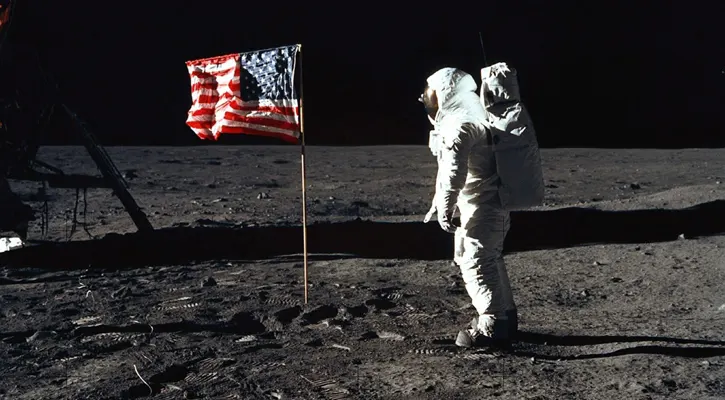More than 50 years after the last Apollo mission, the United States will try once again to land a craft on the Moon on January 25, said the head of what could be the first private company to successfully touch down on the lunar surface. The lander, named Peregrine, will have no one on board. It was developed by American company Astrobotic, whose CEO John Thornton said it will carry NASA instruments to study the lunar environment in anticipation of NASA’s Artemis manned missions.
Several years ago, NASA opted to commission US companies to send scientific experiments and technologies to the Moon — a programme called CLPS.
These fixed-price contracts should make it possible to develop a lunar economy, and provide transport services at a lower cost.
“One of the big challenges of what we’re at-tempting here is attempting a launch and landing on the surface Moon for a fraction of what it would otherwise cost,” said Thornton on Wednesday at a press briefing at his company’s base in Pittsburgh.
“Only about half of the missions that have gone to the surface of the Moon have been successful,” he said. “So it’s certainly a daunting challenge. I’m going to be terrified and thrilled all at once at every stage of this.”
Takeoff is scheduled for December 24 from Florida aboard the inaugural flight of the new rocket from the ULA industrial group, named Vulcan Centaur.
The probe will then take “a few days” to reach lunar orbit, but will have to wait until January 25 before attempting landing, so that light conditions at the target location are right, Thornton said.
The descent will be carried out autonomously, without human intervention, but will be monitored from the company’s control centre.—APP










